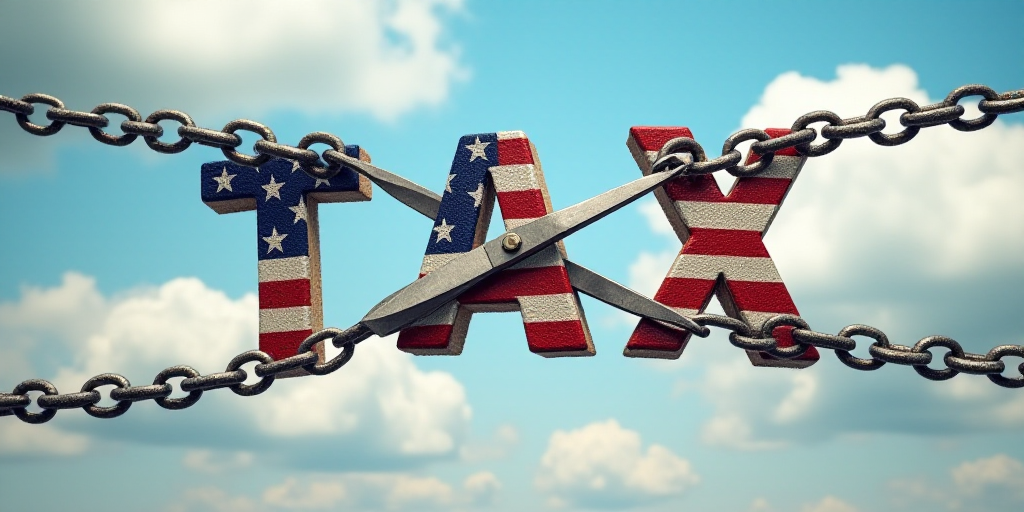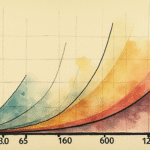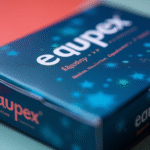Introduction
Following pandemic restrictions and a government crackdown on the tech sector, Chinese AI companies faced discontent in 2023. While US firms advanced with increasingly powerful models and applications, Chinese regulatory bodies seemed determined to stifle local innovation with strict, often ambiguous rules.
Shifting Landscape in China
Despite initial setbacks, Chinese AI companies adopted new strategies and improved institutional relationships to simplify local regulations. Now, the situation contrasts sharply: the US AI industry faces a chaotic regulatory environment under Donald Trump’s presidency, while China has become more flexible and innovation-friendly.
Institutional Mechanisms and Collaborative Regulation
The emergence of novel institutional mechanisms facilitated a more collaborative and participatory regulatory stance, fostering the creation of new AI companies. Notable examples include DeepSeek, a groundbreaking Chinese AI firm born from a hedge fund, and Zhipu AI & Moonshot AI (creators of the Kimi model), which emerged from partnerships between Tsinghua University and the Beijing AI Institute, a non-profit industrial association supported by municipal authorities.
Infusion of Energy and Talent
These collaborations not only spawned new AI companies but also injected energy and talent into China’s AI ecosystem. Leading cities leveraged top-tier infrastructure, targeted state subsidies for the tech sector, and synergies between hardware and software firms to counter local fiscal pressures.
Public-Private Collaboration and Regulatory Clarity
Close collaboration between private companies and public bodies like the Ministry of Industry and Information Technology and the China Cyberspace Administration (CCSA) benefited the tech industry. These bodies worked through affiliated research centers and sectoral entities to engage in periodic dialogues with private developers and academic experts.
Though these discussions remained private, they integrated broader perspectives and contributed to a more predictable regulatory environment aligned with tech innovators’ practical needs. Although existing laws didn’t change, ambiguous or burdensome requirements now come with clearer compliance guidelines.
Contrasting Fortunes: US vs. China
The rapid rise of China’s AI sector starkly contrasts with the US experience. Initially, many AI companies welcomed Trump’s deregulatory agenda, but the lack of detailed policy proposals and Trump’s intolerance for criticism created uncertainty and stifled substantial engagement.
Furthermore, broad federal research funding cuts and strict immigration restrictions hampered the supply of skilled personnel, a key driver of the US AI industry. This growing discontent has left the sector increasingly frustrated.
The dysfunctional US regulatory environment has given Chinese AI companies room to accelerate growth. DeepSeek’s swift ascent, China’s dominance in manufacturing and supply chains, and perceptions of US self-sabotage have bolstered confidence in the Chinese tech sector.
Potential Shifts and Risks
However, this dynamic could change. The US Congress might establish a more industry-friendly regulatory environment by reintroducing a proposal to prevent states from enacting AI laws. The upcoming White House AI Action Plan, expected later this month, could also clarify the Trump administration’s tech sector oversight strategy.
China’s confidence, however, could turn into overconfidence. Historically, when the Communist Party believes it has gained a strategic advantage, it typically intensifies societal and regulatory pressure, as seen under President Xi Jinping’s increased scrutiny of private businesses, especially in the tech sector.
Ironically, Chinese AI companies’ success may expose them to greater state scrutiny. DeepSeek’s rapid model adoption, limited content moderation, reduced compliance teams, and lenient censorship protocols could raise regulatory red flags with the CCSA.
The growing popularity of RedNote in the US highlights the risks associated with success. Amidst mass user migration from TikTok to RedNote, the CCSA reportedly instructed RedNote’s government relations team to keep US and Chinese users separate. Although DeepSeek offers distinct services, the CCSA’s institutional paranoia is undiscriminating. Users have already noticed signs of increased censorship, with real-time changes in responses to sensitive questions.
For now, while the Trump administration wages an assault reminiscent of China’s Cultural Revolution against US industry and society, the Chinese government is strengthening its global tech leadership position. The consequences for America’s future influence could be profound.
About the Author
Karman Lucero is a member of the Paul Tsai China Center at Yale Law School.
Copyright: Project Syndicate, 1995 – 2025
www.project- syndicate.org






